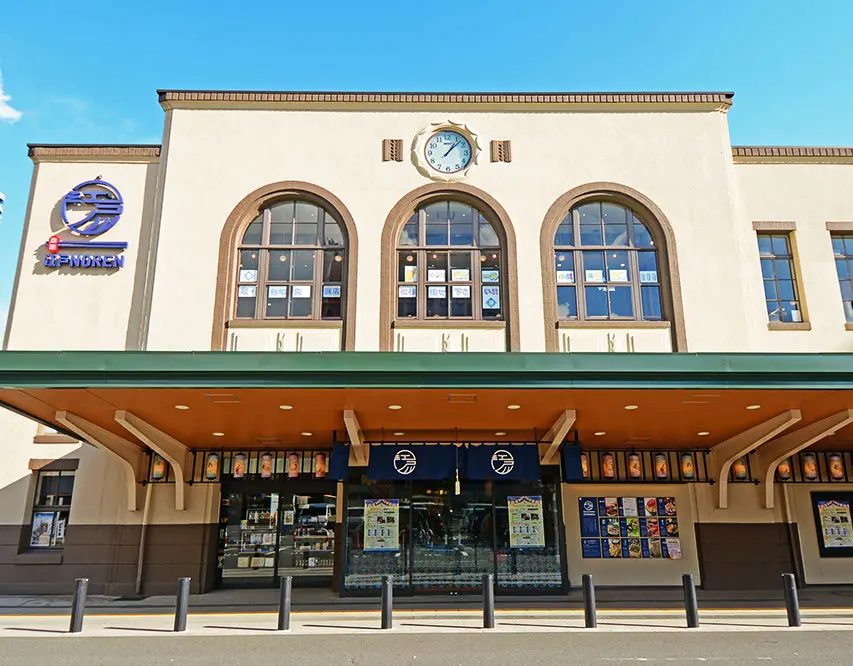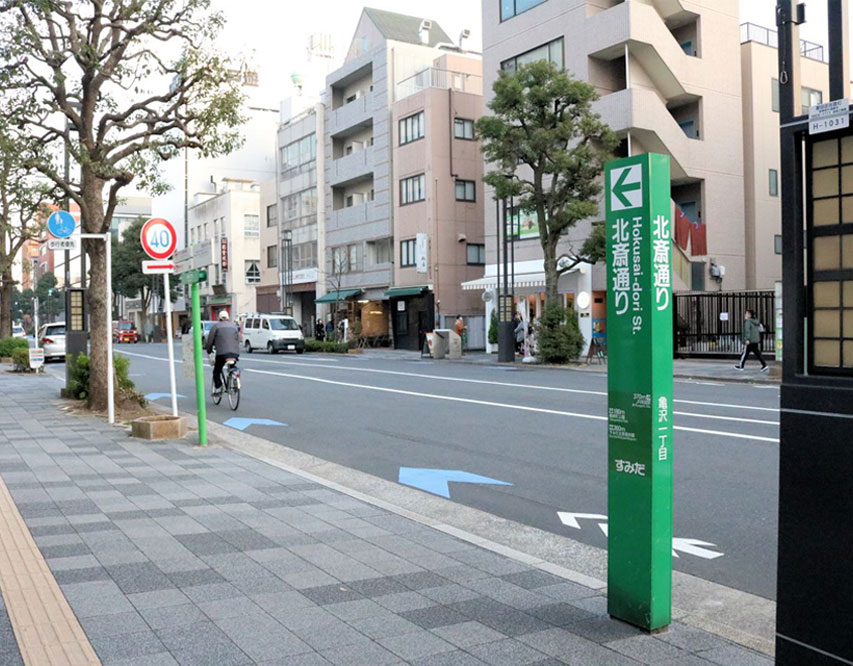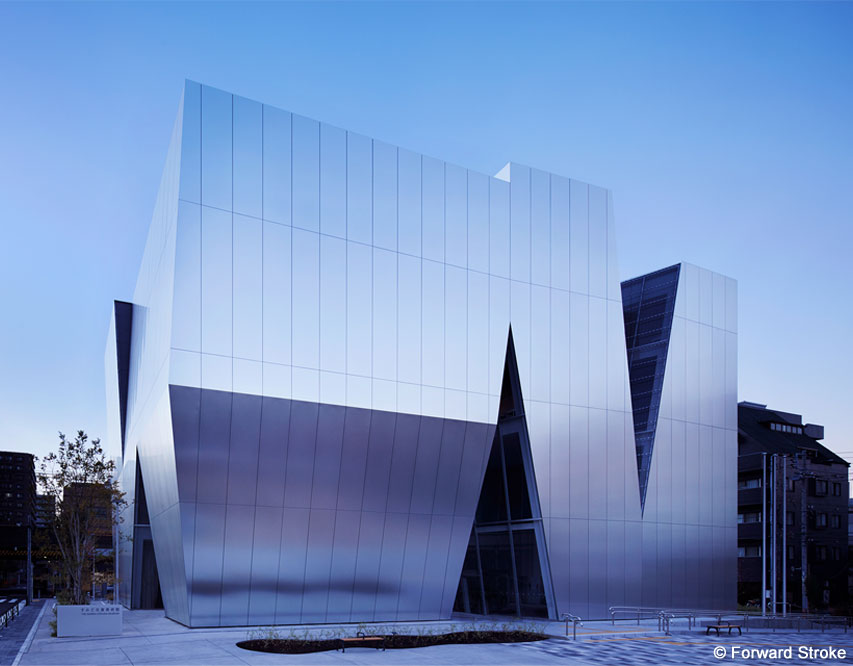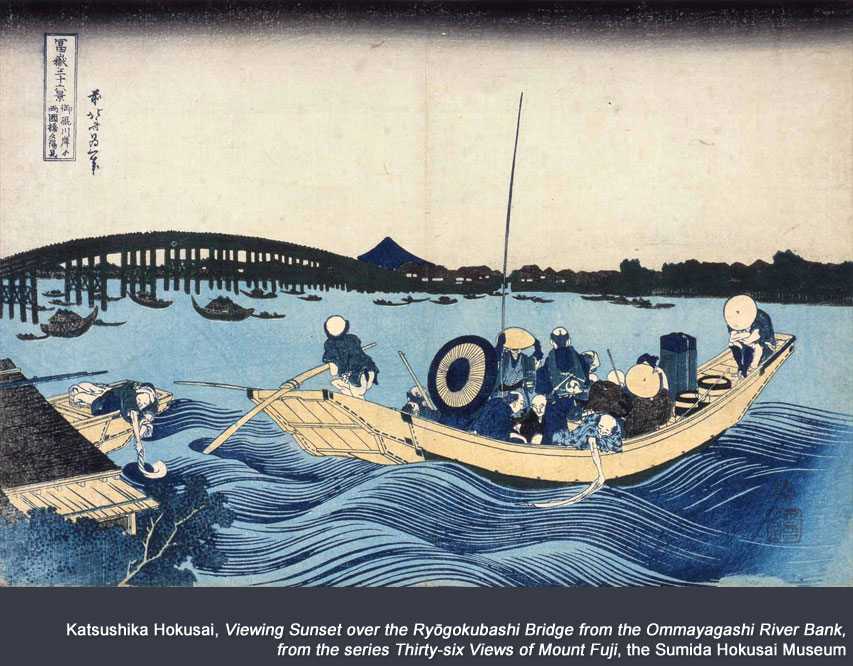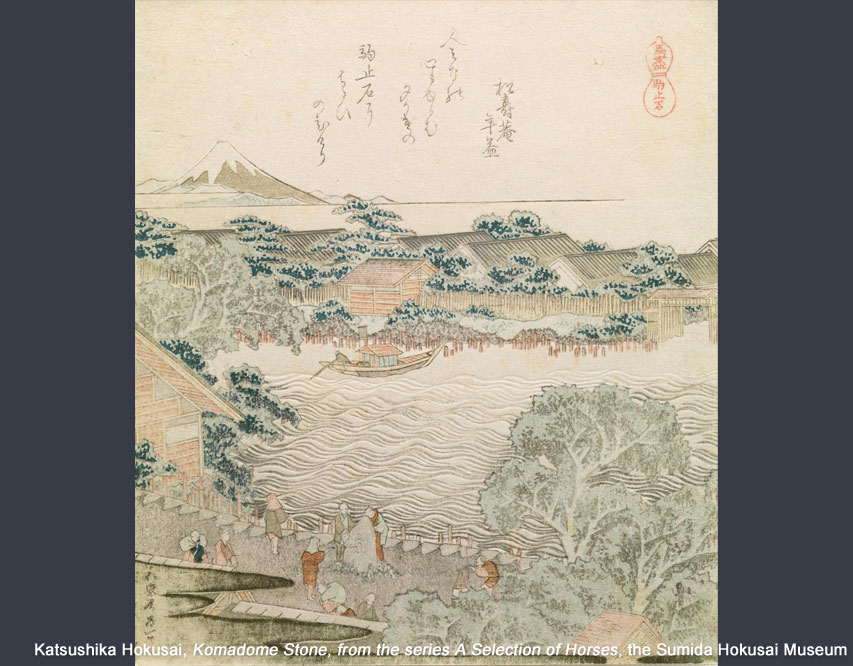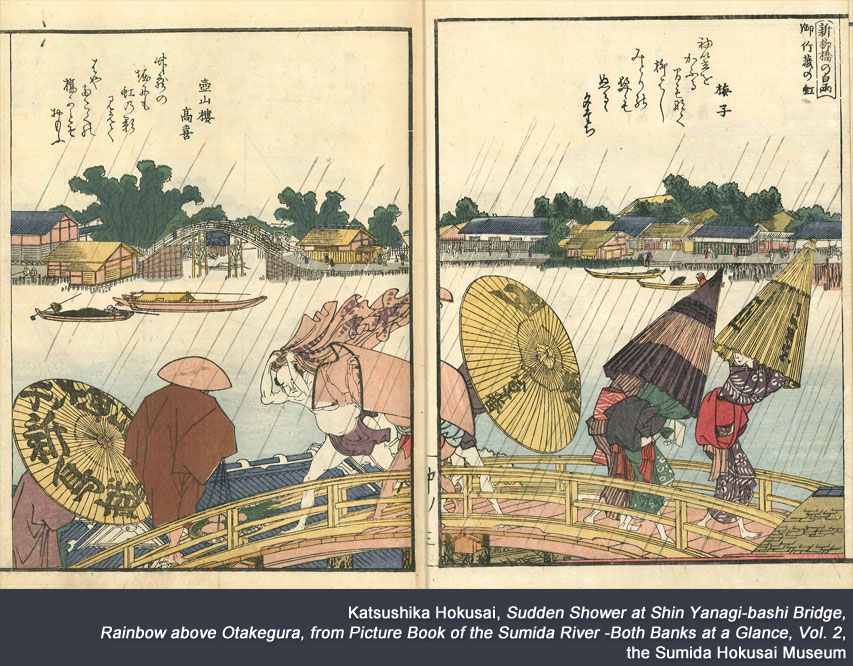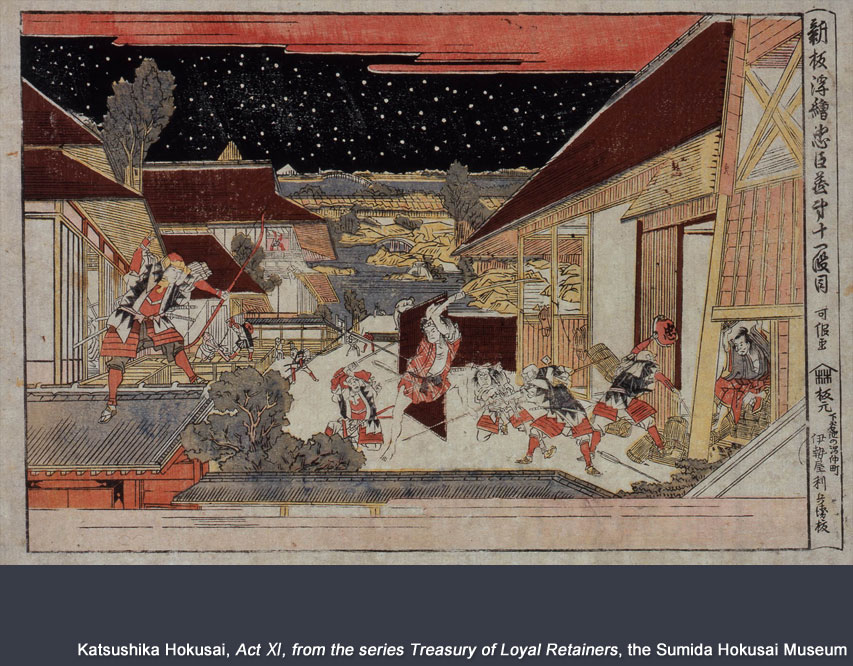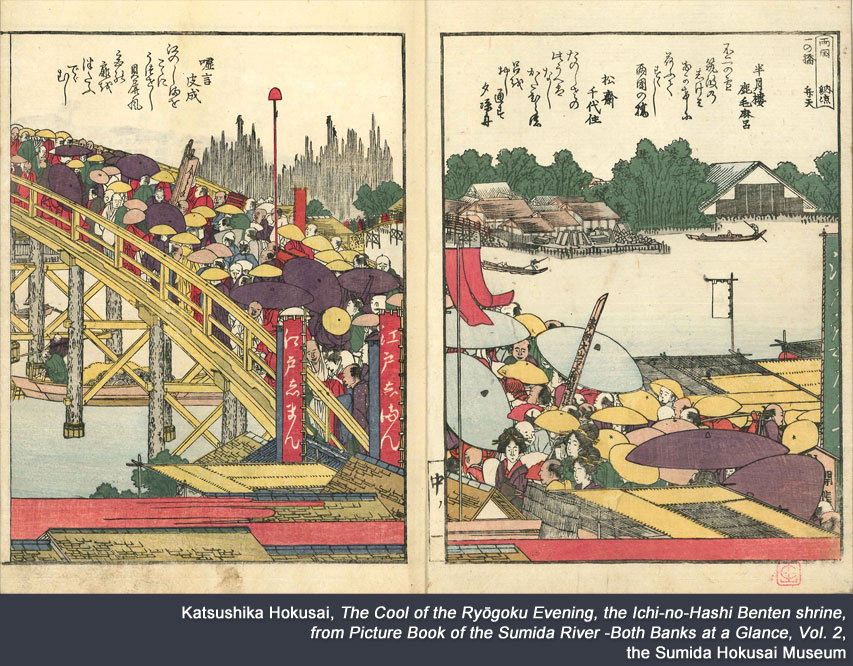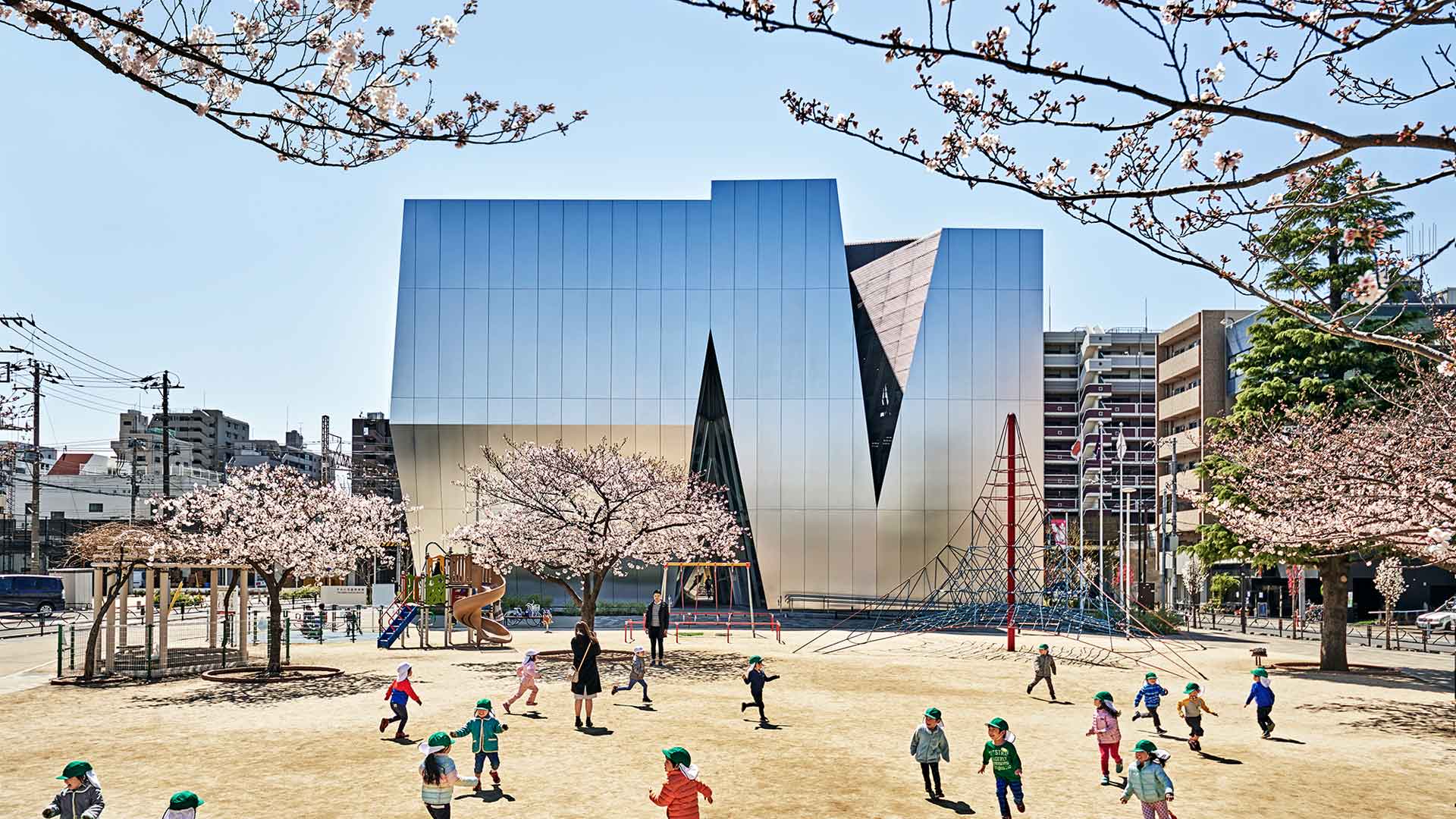
- Share this page
Share this page
- EN
Select Language
- FAVORITES
- Search
Detailed search: You can do a detailed search by keyword, genre, time, area and tag.
Main content starts here.
- Visit Tokyo |
- SPOT |
- Waterfront |
- Following in the Footsteps of Hokusai
Updated: November 29, 2024
Following in the Footsteps of Hokusai
Your current location:
- Eastern Tokyo
- Ryogoku
- Following in the Footsteps of Hokusai
Discover Hokusai’s home in Sumida City
Katsushika Hokusai (1760–1849) is one of Japan’s greatest artists. His ukiyo-e woodblock prints including The Great Wave off Kanagawa, part of the series Thirty-Six Views of Mount Fuji, are famous worldwide. Perfect for art lovers, this walking tour will introduce you to Sumida City, where Hokusai lived and worked.
General Tips
|
Map Legend
- Walking
- Taxi
- Bus
- Train
- Water Bus
- Bike
